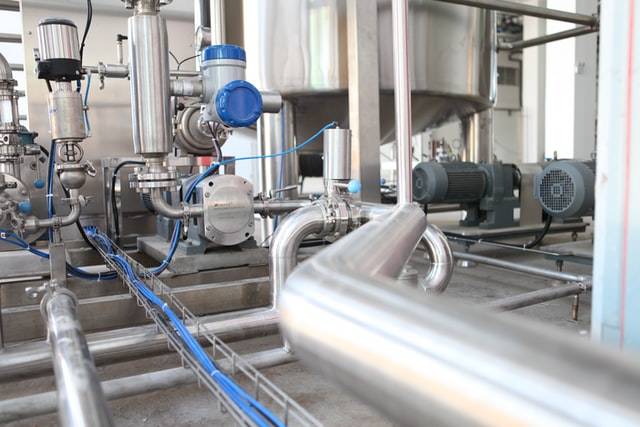A chiller removes heat from a liquid through vapour compression, adsorption, or absorption. The chilled liquid can then be used to cool other processes or equipment. Chillers use a water/glycol mixture to dissipate heat. It can be used for many things, whether for business or your home.
While we know that chillers have a great function for our everyday needs, it, however, will undoubtedly deteriorate eventually. Fortunately, with preventive chiller maintenance, you can reduce equipment stress, unplanned downtime, and associated expenses.
If you want to increase chiller maintenance and efficiency, then you’ll need to learn more. Read on as we discuss these fool-proof tips you need to maintain your chilling unit or facility.
Tip: Track Your Day-To-Day Operations
Begin by keeping thorough records of chiller usage. You may acquire a better knowledge of your chiller’s performance by collecting data on a daily basis, such as temperatures, pressures, flow rates, and more.
Streamline your processes by automating data collection. These systems can aid in the provision of assistance.
Tip: Be Clean
Heat transfer is improved by using clean tubes. Thermal resistance has an impact on chiller efficiency. Check your tubes for muck, algae, or mineral buildup to avoid this. A thorough brush cleaning should be conducted once a year. Remember, increased approach temperatures imply a loss of efficiency.
Tip: Treat the Water
Like a boiler, your chiller requires high-quality water. Treated water aids in the prevention of corrosion and buildup within the device. Use regulated chemical treatments to purify the water in your system. Simply replace filters on a regular basis to help preserve the purity of the water.
Tip: Monitor the Water
Cooler water improves the chiller’s performance. That is right; increasing efficiency by cooling the water entering the condenser.
Tip: Mind the Flow
Water flow, like water temperature, has a considerable impact on the efficiency of your boiler. It is necessary to have a cold water flow rate of 3-12 feet per second. Laminae can occur at flow speeds as low as 3 ft/s. When flow rates approach 12 feet per second, vibration and noise create an ideal environment for tube erosion.
Tip: Verify the Charge
The volume of refrigerant in a compressor line has a direct impact on the cooling capacity of a chiller. Maintain a close check on the refrigerant level to guarantee that your building stays cool. If your levels are low, your compressor will have to work extra hard to keep them up. As needed, recharge the refrigerant in your equipment.
Leaks, air, and moisture in the system all have an impact on equipment reliability. Ascertain that none of these three is present.
Tip: Use an Oil Compressor Composite
Conduct a spectrometric analysis of your lubricating oil once a year. Pressure-cooled systems must be inspected on a regular basis. Because magnetic friction chillers do not use oil, they are free from this testing requirement. Read the data carefully to identify any potential issues and the oil’s quality. This test will also identify whether or not the oil needs to be changed.
Tip: Check the Variable Frequency Drives (VFDs)
Variable Frequency Drives (VFDs) modify the motor speed automatically in response to the load, saving both money and energy. They also have a softer start and a reduced current rush.
Conclusion
Coolers are extremely sophisticated pieces of machinery that are not only useful but may need ample maintenance. While you can conduct these tips yourself, know that you can keep your unit in good operating order with the help of a professional. With your diligence and the expertise of a trained technician, you can get more value for your money.
If you’re in need of an industrial chiller for hire, London Climate Hire is an esteemed team of HVAC specialists that can provide you with your needs. Give us a call today!

